Management and operation
5 min read
Good irrigation management benefits your dairy farm by preserving water quality, reducing costs, and complying with water supply conditions. This page covers how to operate within these conditions, protect water quality, and use water and energy efficiently. It also highlights the importance of understanding your water supply conditions and handling restrictions. Furthermore, the page teaches good irrigation practices to staff, how to measure water use efficiency, and how to improve your irrigation system's efficiency. Lastly, it emphasises the importance of pump efficiency for spray irrigators and provides guidance on evaluating and improving your irrigation system.
Find out about the many benefits of good irrigation management here.
A resource consent or scheme will limit the amount and timing of water available. These are likely to include:
As a manager it is your responsibility to have strategies in place to manage the farm when water restrictions occur. Both schemes and individual consents will often have particular limits for stream flows or groundwater levels, which will result in water takes being reduced or cut-off.
Other consent conditions may include defining the area that can be irrigated and the land uses, plus requirements not to water roads, tracks or other non-productive areas.
Know when your resource consent expires and apply for a replacement consent in plenty of time. If the application is submitted at least six months before the existing consent expires you can continue using the consent until the new application is finalised.
Your regional council or irrigation scheme will be able to advise what kind of monitoring and reporting is required for your irrigation system.
It is important that owners and managers of irrigated farms establish what their compliance obligations are for water metering and consider what practical steps need to be taken.
When river levels are low during the irrigation season, many surface water supplies are either restricted or shut-off completely. Although such water restrictions are generally beyond the control of those on farms, planning to deal with water restrictions can minimise production losses.
Planning ahead
All staff need to understand what good irrigation means, know their responsibilities and be trained in all aspects of operation, and maintenance. If you are new to the farm it may be useful to contact the previous farm manager for information specific to the farm.
All staff that are operating the irrigation system should attend an IrrigationNZ training day for an overview on irrigation skills and knowledge. This should then be followed up with on-farm training specific to your system.
Ensure your staff know the answers to all these questions
Print off this template and fill it out with the relevant irrigation information then hang it up in the shed for staff to refer to.
Measuring water efficiency
Water use efficiency is the productive return per unit of water applied. In a dairy farm system this is kgDM per millimetre of water applied.
Measuring and monitoring water use helps identify areas in the design or management of irrigation systems that need to change to improve on-farm productivity, such as using less power, growing more grass or less time spent irrigating.
To be able to measure water use efficiency, records need to be kept for:
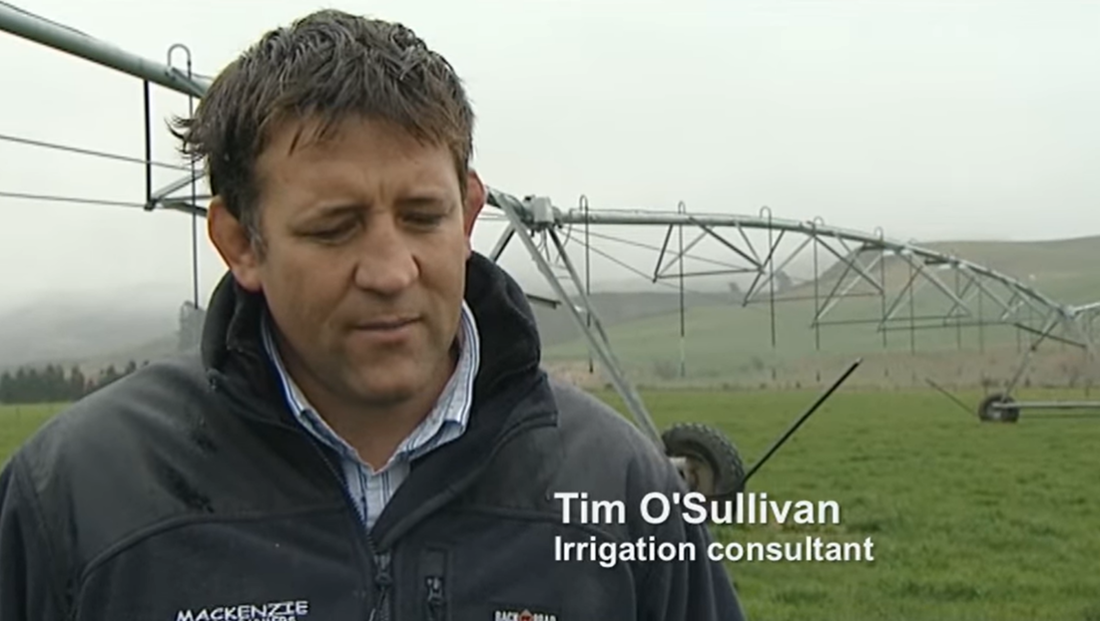
Irrigation Efficiency - Tim O'Sullivan
1 / 7 videos 5:14 min
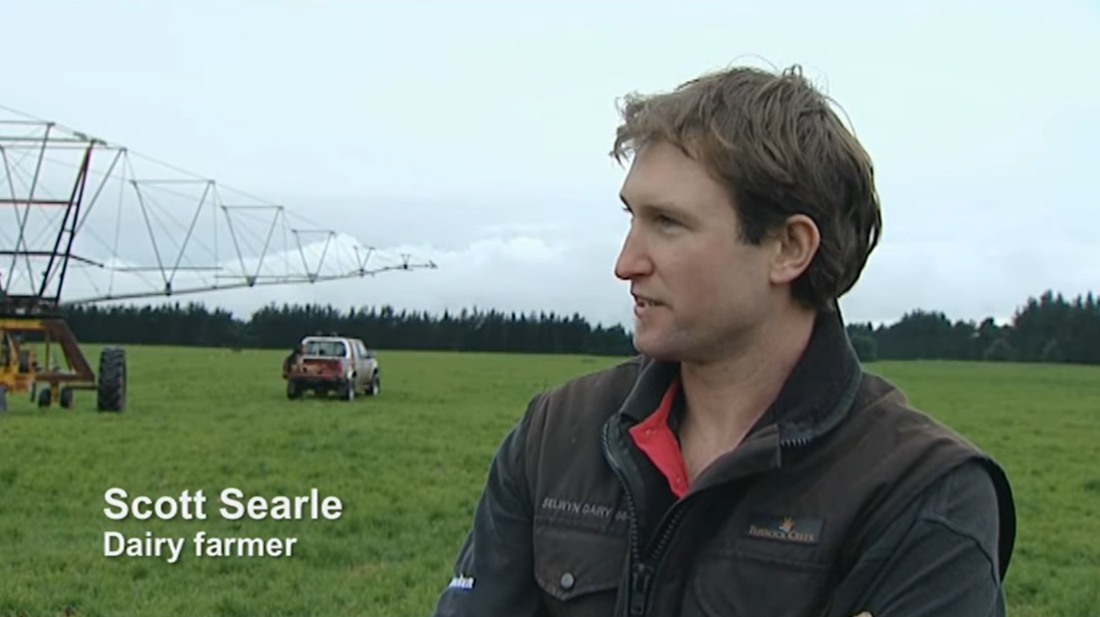
Irrigation Efficiency - Scott Searle
2 / 7 videos 3:59 min

Irrigation Efficiency - Mark Slee
3 / 7 videos 3:55 min
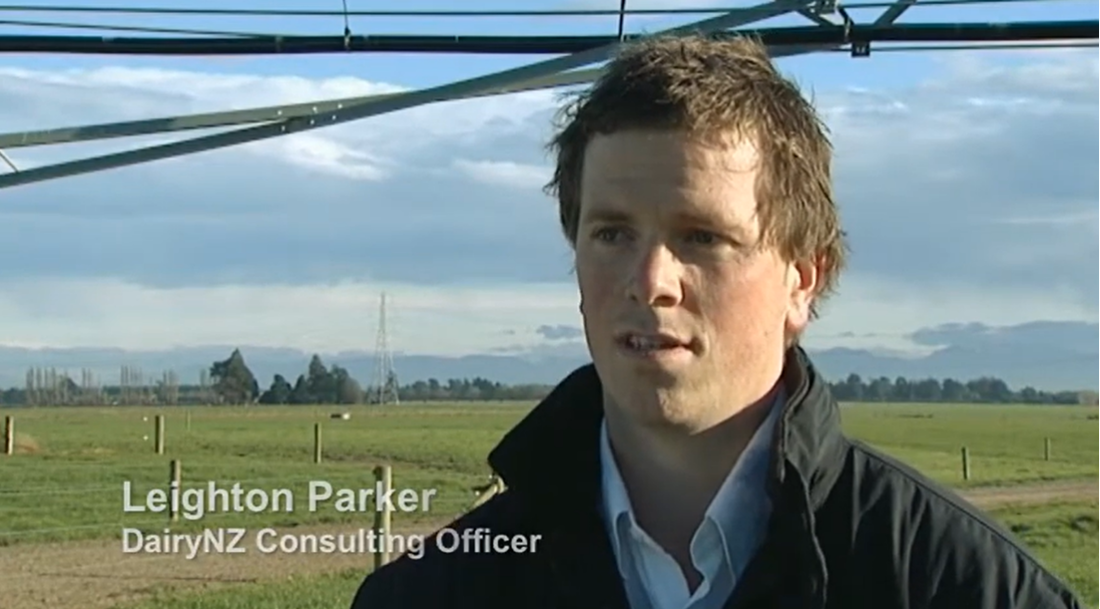
Irrigation Efficiency - Leighton Parker
4 / 7 videos 3:50 min

Irrigation Efficiency - Graham Robertson
5 / 7 videos 3:50 min
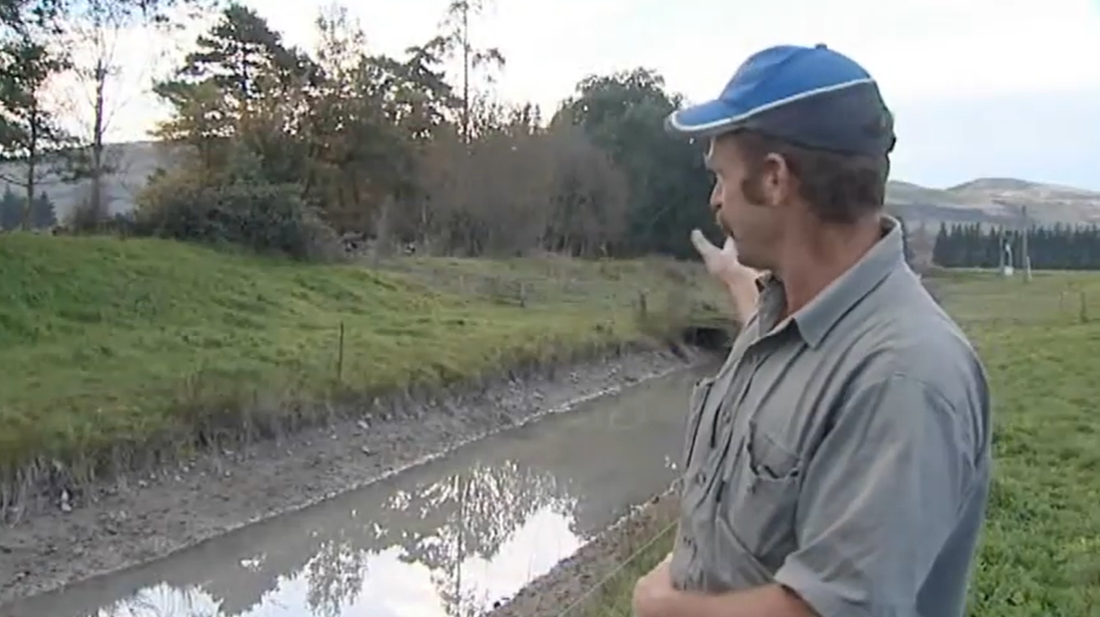
Irrigation Efficiency - David Croft
6 / 7 videos 5:15 min
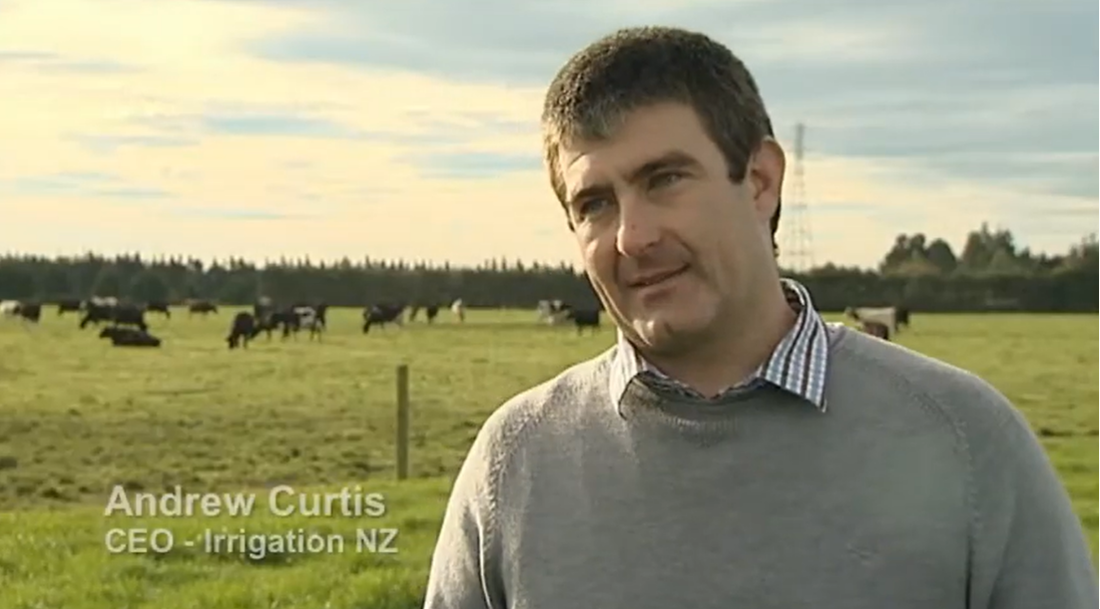
Irrigation Efficiency - Andrew Curtis
7 / 7 videos 5:18 min
How do I improve efficiency?
Key methods to better irrigation efficiency are:
Pump efficiency
For spray irrigators the pump is the centre of the irrigation system and if the irrigation pump is not working properly, the whole irrigation system will suffer.
A pump requires energy to move the water to the irrigator. The force at which the water is delivered is pressure (m, kPa, bar, psi), the amount of water sent to the irrigator is the volume (m3) and the speed at which the water is moving through the pipe is the flow rate (l/sec, m3/hr, gpm).
The pumps role is to supply the irrigator with the correct volume of water at the right pressure level and flow rate, using as little energy as possible. If a leak occurs in the system, the pump will have to work harder (using more energy) to achieve the same amount of pressure.
By having a healthy pump:
An evaluation requires knowing what the system is designed to do and checking it is performing to that level. It is about understanding the limiting factors of the system and taking action to fix it.
A detailed system evaluation can be completed by an irrigation consultant or a farmer can carry out their own, using instructions and guidelines developed for farmers. See the Evaluating your system page for more information.
Now’s the perfect time to check in, plan, and set up for a strong season. We’ve pulled together smart tips and tools to help you stay ahead all winter long.
Whether you prefer to read, listen, or download handy guides, we’ve got you covered with trusted tools to support your journey every step of the way.
Put our proven strategies and seasonal tools to work. Boost production, support animal health and watch your profits hum.
Tools that are backed by science, shaped by farmers and made for this season.
That’s Summer Smarts.